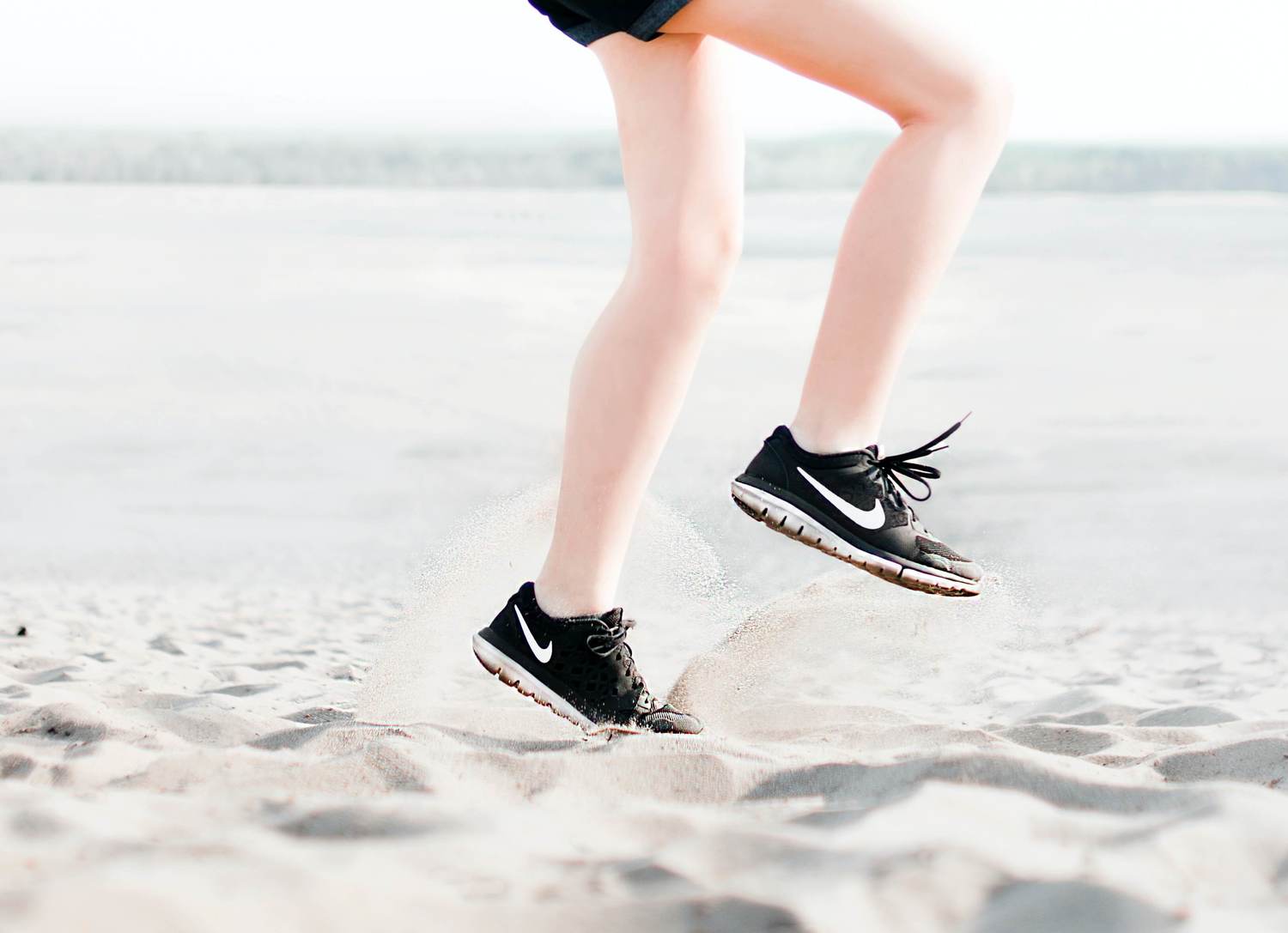What you should know about clots?

Clots or thrombi are clogged cells or lymph in the blood vessels. Clotting in blood vessels is a normal, physiological defence reaction of a body in case of injuries or wounds that require stopping the blood flow. The body protects us from bleeding to death. Yet, sometimes clot formation can cause health problems because the clot can be too large and completely block the blood vessel or attach at the wall of the blood vessel and stay there for a long time and then suddenly detach, travel in the circulation and block a vital blood vessel thus causing a stroke or infarction.
Clots are five times more likely to form in the veins than the arteries, besides they mainly form in the regions of the venous system where the blood flow is especially slow – in the veins of legs and pelvis. Clots can form both in deep and superficial veins, however they rarely build concomitantly.
There is a set of factors that lead to clot formation, and they can sum up. Underlying causes of clot formation are as follows:
Bone fractures, complicated surgery, including hip or knee surgery, C-section, spinal injuries, cardiovascular diseases. Lastingly fixed postures, such as in bedridden patients and also long drives or flights. Tumours, varicose veins, infections, pneumonia, urinary tract infections, hormonal contraception and hormone replacement therapy in perimenopausal period, unhealthy habits: smoking and alcohol. Diabetes mellitus, excessive weight and obesity, sedentary work, elevated cholesterol and homocysteine levels, age over 60 years.
Patients suffering from a comorbidity and contracting Covid-19 have a very high risk of thrombosis – up to 70% have severe course of illness because the immunity starts attacking the pathogen and it involves also blood clotting system. If several risk factors sum up, together they can cause very high risk of clot formation. For example, a 60-year-old smoking and obese male who has recently recovered from Covid-19 and takes a long flight during which he consumes alcohol, has very high risk of getting a thrombus.
How to protect yourself from the clot formation:
- use your medications responsibly if your doctor has prescribed them;
- do regular general health checks and blood tests;
- attend general practitioner or phlebologist if you feel changes in the veins, for example, your feet are swelling or you notice varicose veins, suffer from cramps or have changes in skin colour.
- drink plenty of liquids every day, especially if you are older;
- give up any harmful habits: smoking and alcohol consumption, because alcohol dehydrates, and blood becomes thicker contributing to clot formation;
- strengthen the immunity by eating a balanced diet, doing sports or moving actively on a daily basis;
- avoid places where ambient temperature exceeds +28° C. Do not go sunbathing, sauna or hot bath;
- do not stand or sit for more than one hour. If you find it hard to avoid the mentioned situations, you can take a walk or do special exercises in between;
- if your leg muscles ache for more than two days and it is accompanied by coughing, shortness of breath and dizziness, seek medical help;
- wear comfortable footwear – the lower the heel the better. Heels over 6-8 cm considerably interfere with return of venous blood. Walk barefoot as often as possible.
 Free delivery to Omniva parcels throughout the Baltics for purchases from 20 euros!
Free delivery to Omniva parcels throughout the Baltics for purchases from 20 euros!
